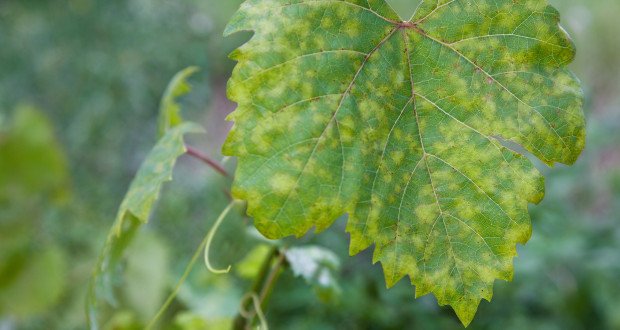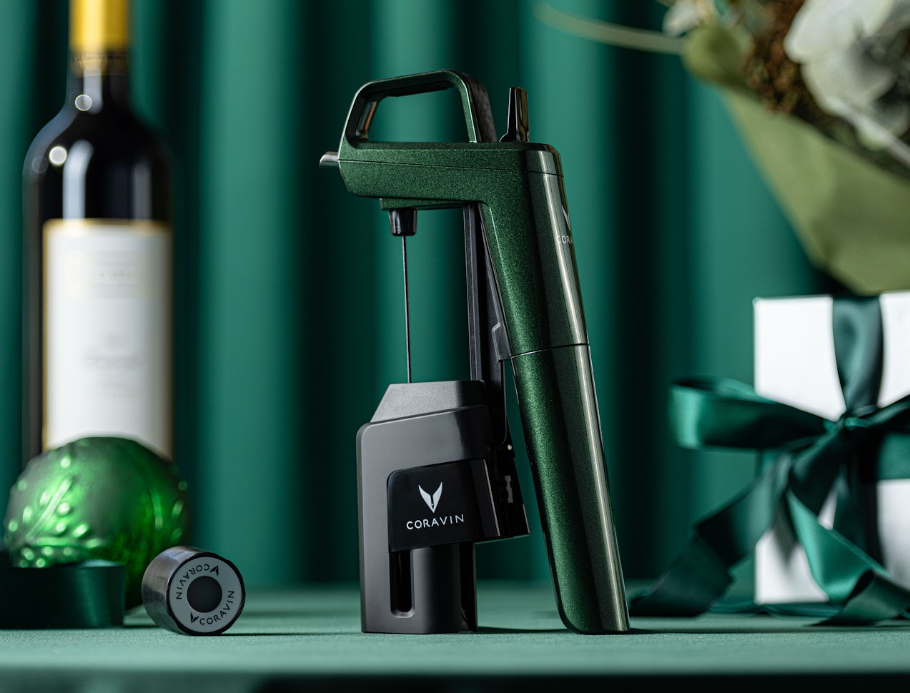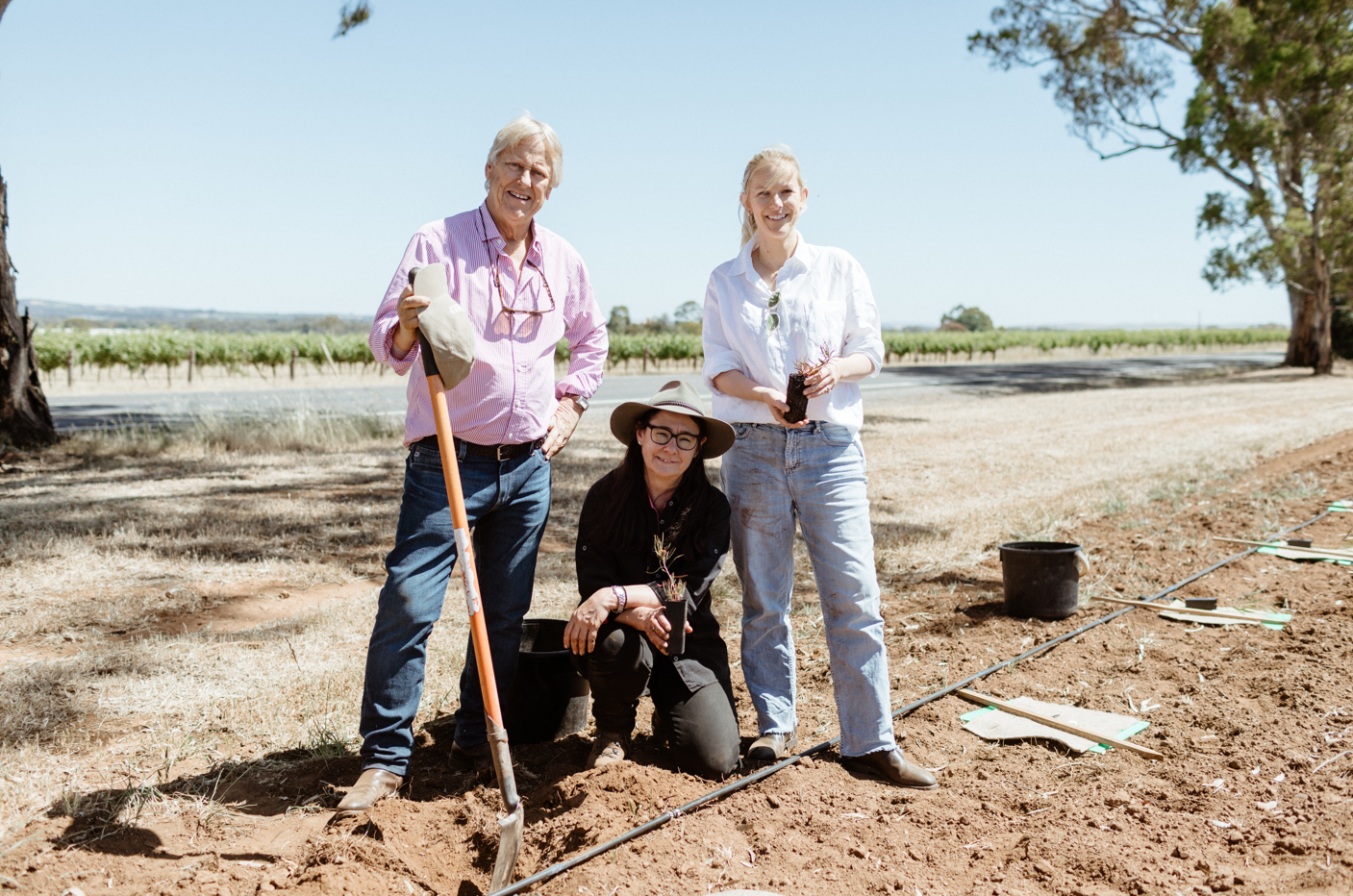With the development of PMapp, the sector will now be able to assess the severity of powdery mildew on grapevines using their iPad, iPhone or Android. Researchers say this will help grape growers and wineries to determine the quality and price of grapes.
"[Powdery mildew] causes serious quality issues with bad flavours and aromas in wine and we’ve seen that with small amounts of the surface area of chardonnay bunches affected by powdery mildew there is an oily ‘mouth-feel’ in the resulting wine", said project leader Professor Eileen Scott, Professor of Plant Pathology in the University’s School of Agriculture, Food and Wine.
“The wine sector therefore has a very low tolerance of powdery mildew on grapes with downgrading at 3–6 per cent or rejection when disease is more severe. This is a costly disease for the grape and wine community.
“But powdery mildew is hard to assess – the disease is ubiquitous, but symptoms can be hard to see, or easily confused with dust or spray residue."
PMapp works by providing the user with a computer generated image that is then used to compare against other disease affected grapes. The app then calculates the proportion of bunches and the surface area affected and reports the data in a spreadsheet for analysis. A key reference and browser of images built into the app can also be used to help the user familiarise themselves with various disease patterns and severities.
“PMapp is a simple tool that facilitates efficient assessment and recording of the severity and incidence of powdery mildew in the vineyard", Scott added.
A website to support the app is currently being developed and is scheduled for release at the end of January, but the app can currently be downloaded from Apple’s App Store or Google Play.
Share the content










